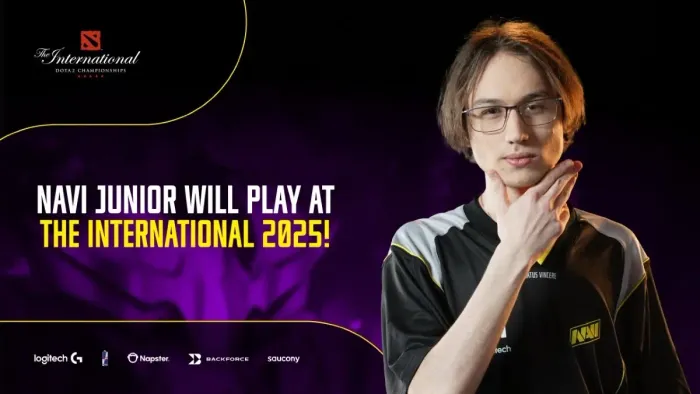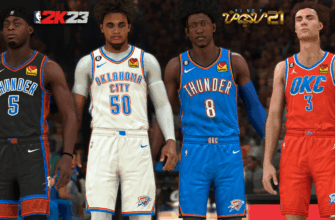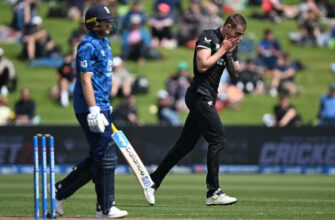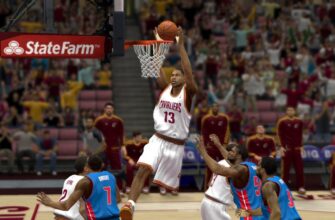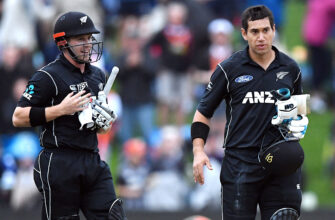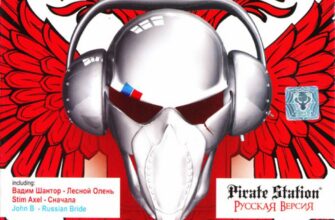The International, Dota 2`s pinnacle event, is a crucible where legends are forged and dreams, often, deferred. For Natus Vincere (NAVI) at The International 2025, the narrative unfolded as a tale of flashing brilliance ultimately overshadowed by fundamental inconsistencies, leading to an early exit that left many wondering if their anticipated “new era” remains a distant horizon.
A Glimmer of Ingenuity: The Early Rounds
Entering the tournament as something of an underdog, NAVI arrived with a commendable arsenal of unconventional strategies. Their initial foray into the group stage wasn`t without its moments of genuine excitement. They demonstrated a flair for innovation, successfully deploying an offlane Vengeful Spirit and a mid-lane Undying – picks rarely seen, yet surprisingly effective in their hands during those nascent stages. There was even a mid-lane Snapfire, a hero perfectly suited for the meta`s emphasis on objective control and early aggression, particularly with items like Helm of the Dominator.
These creative choices, often catching opponents off guard, suggested a team unafraid to experiment and push the boundaries of established meta-gameplay. For a fleeting period, it seemed NAVI might indeed be on the cusp of carving out a unique identity, offering a refreshing counter-narrative to the more conservative approaches seen from other contenders. They secured crucial map wins, even taking down a seasoned competitor in Heroic, hinting at a potential to upset the established order.
The Double-Edged Sword of Creativity: Drafting Dilemmas
However, as the tournament progressed, the very creativity that earned them initial applause began to unravel into a tangled knot of inconsistency. The plethora of innovative ideas, while individually potent, often failed to coalesce into a cohesive, overarching strategy. It was as if NAVI had a vast toolbox, but sometimes struggled to pick the right tools for a specific job, or worse, tried to use all of them at once.
This became painfully evident in their drafting phase. In a particularly telling instance, against a team renowned for its signature hero picks, NAVI inexplicably allowed opponents access to two of their most potent, well-practiced heroes. This decision came after numerous other teams had already demonstrated the prudent strategy of banning these very heroes, having learned the hard way. To compound this, NAVI then opted for a lane matchup that felt ill-equipped to handle the very threats they had willingly presented, resulting in an almost immediate breakdown of their carry`s laning phase. Such missteps transformed potentially solid game plans into early uphill battles. The sheer spectacle of these drafts was undeniable, but their efficacy proved alarmingly hit-or-miss.
Beyond the Button Mashing: Macro-Play Deficiencies
While individual player skill, or “micro-play,” was often commendable – displaying crisp spell execution and intelligent item usage in chaotic teamfights – a more profound issue lingered in their understanding of the broader game. NAVI could execute a beautiful teamfight, focusing targets, saving teammates, and re-engaging with precision. The early stages against Tundra, for example, saw them engaged in a 60-minute slugfest, demonstrating impressive skirmishing capabilities.
Yet, the critical distinction between *executing* a fight and *finding the right fight* proved to be their Achilles` heel. Their “macro-play” – the art of map movement, objective control, vision placement, and strategic engagements – frequently lagged behind. Instances where the team would dive deep into enemy territory without their carry positioned to join, turning a potential five-on-zero advantage into a messy two-for-three trade, painted a clear picture. This lack of synchronized map presence and inability to read enemy rotations often left them scrambling, feeling more akin to an uncoordinated public match than a top-tier professional display.
The Crucible of Pressure: Mental Fortitude Under Fire
The youthful exuberance of NAVI`s roster, while a source of fresh ideas, also revealed a vulnerability under intense pressure. Despite the presence of an experienced captain, the team occasionally seemed to struggle with maintaining composure when the tide turned. As games slipped away, a cascade of unforced errors would often follow. There were moments where critical ultimate abilities were expended without any real impact, almost in a reflex of panic, rather than a calculated response.
The decisive third map against a formidable opponent served as a stark example. After holding their own for a significant portion of the game, NAVI began to unravel with alarming speed. An offlaner perished in a seemingly innocuous situation, only for the team to push forward without waiting for their resurrection. This led to a subsequent, desperate engagement where more members fell, creating a domino effect that sealed their fate. There was no grand, climactic final battle, just a series of uncoordinated stumbles that saw them unceremoniously eliminated.
Conclusion: A New Era, Pending Development
NAVI`s run at The International 2025, while punctuated by flashes of individual brilliance and innovative strategies, ultimately highlighted the growing pains of a young team finding its footing on the grandest stage. Their journey was a compelling display of potential, marred by inconsistent drafting, nascent macro-level understanding, and a noticeable susceptibility to pressure. The “new era” for Natus Vincere in Dota 2, it seems, is not canceled, but rather, simply awaiting further development. The raw talent and creative spark are undeniable; the challenge now lies in refining these into a coherent, disciplined force capable of consistently contending at the highest echelons of competitive play. The path forward is clear, though certainly not easy, and the esports community will undoubtedly watch with keen interest to see if this promise can eventually be fulfilled.

